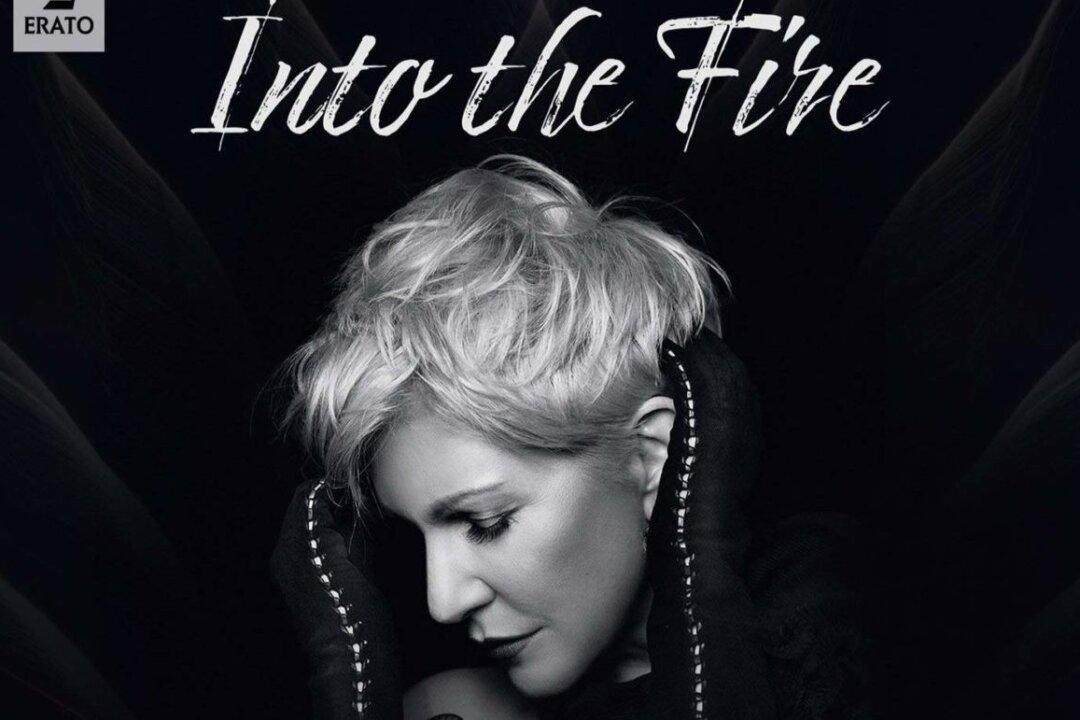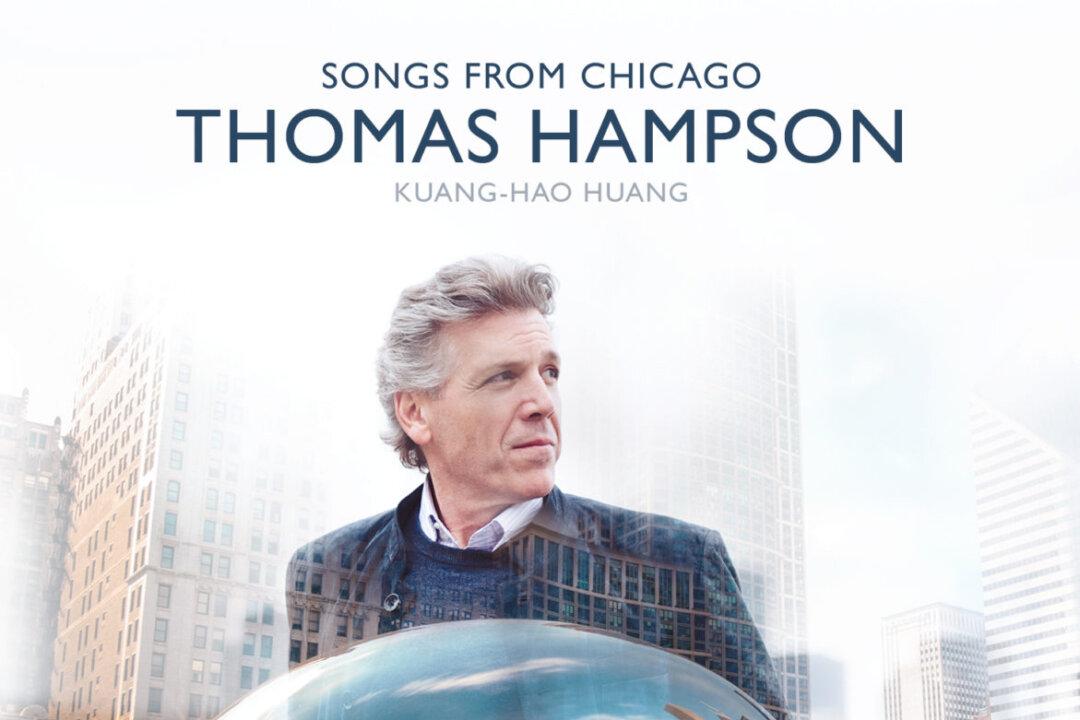What is transcription? In classical music, it involves altering the instrumentation of a piece. Like translating poetry from one language to another, the new version does not sound the same as the original but, if done well, creates its own interest.
Transcription can involve expansion from one instrument to a full orchestra, as in Ravel’s popular orchestration of Mussorgsky’s “Pictures at an Exhibition,” which was written for solo piano, or Liszt’s boiling down Beethoven symphonies to solo piano versions.
‘Stokowski Transcriptions’
Conductor Leopold Stokowski (1882–1977), is best known for his appearance in Disney’s “Fantasia,” where, in addition to meeting Mickey Mouse, he conducted two of his more famous transcriptions. Both of these are performed on a new compilation CD, “Stokowski Transcriptions” (on Naxos), performed by the Bournemouth Symphony Orchestra conducted by José Serebrier.







